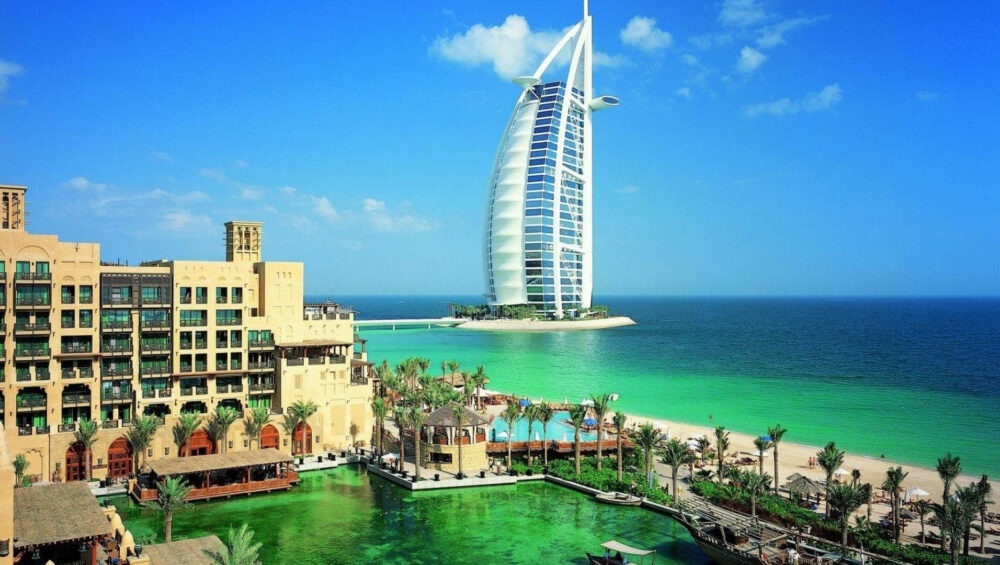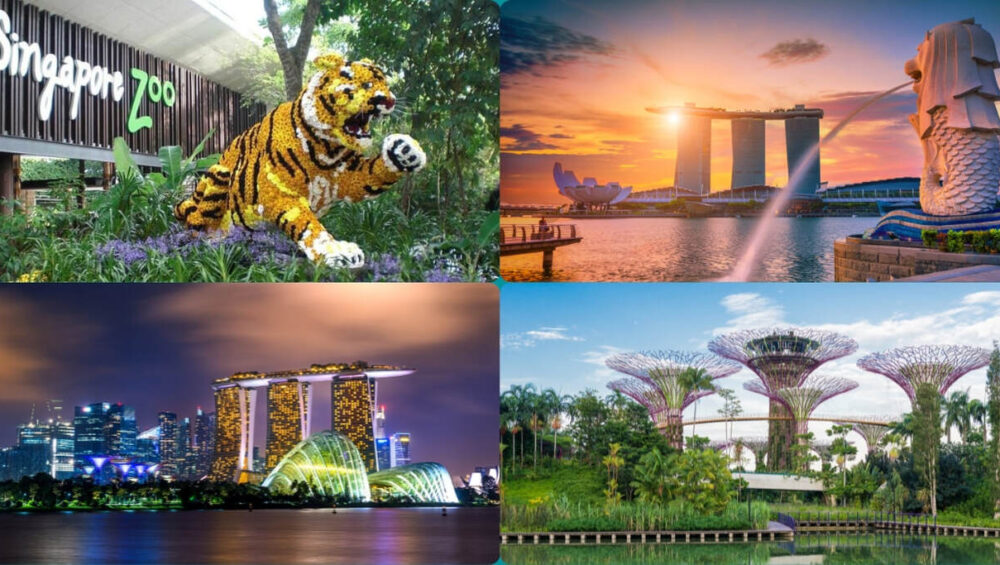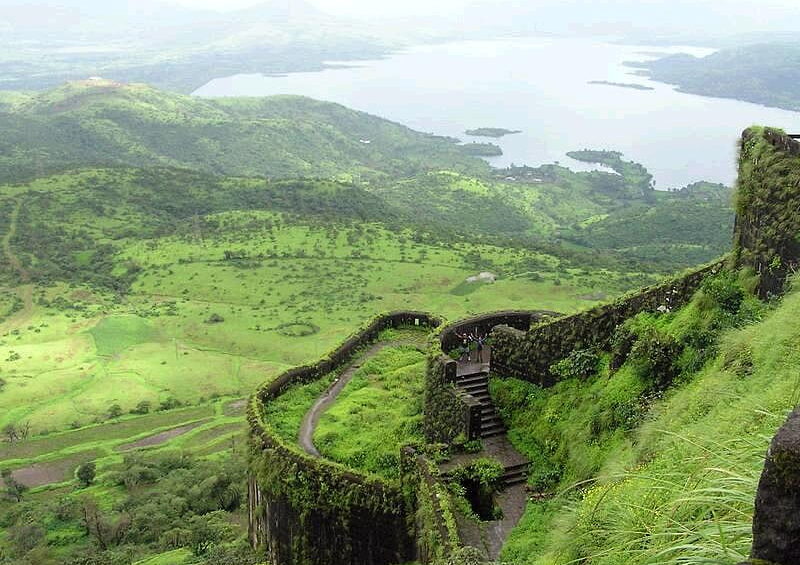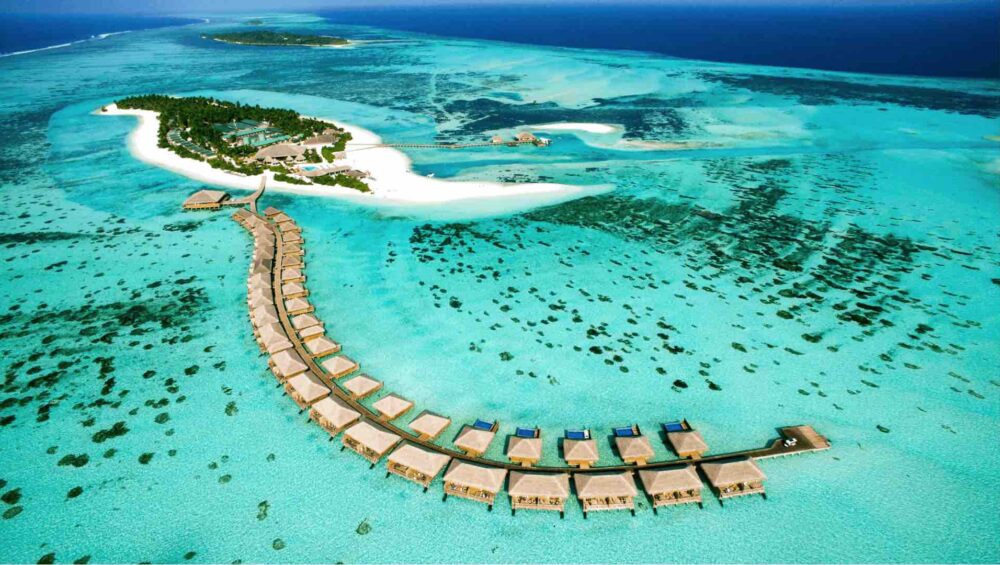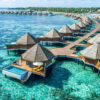How to Plan Maldives trip from India?
Planning a trip to the Maldives from India involves several steps. Here’s a comprehensive guide to help you: –
1. Research and Budgeting
- Determine Budget: Decide on a budget for your trip. This will help you narrow down accommodation and activity options.
- Best Time to Visit: The Maldives has a tropical climate, with the best time to visit being from November to April when the weather is dry and sunny.
2. Flights
- Airlines: Several airlines operate flights from major Indian cities like Mumbai, Delhi, and Bangalore to Malé, the capital of the Maldives. Look for flights on airlines such as Air India, GoAir, and IndiGo.
- Booking: Book your flights in advance to get the best deals. Use flight comparison websites to find the best prices.
3. Accommodation
- Types of Accommodation: The Maldives offers a range of accommodation options from budget guesthouses to luxury resorts.
- Booking: Use platforms like Booking.com, Agoda, or Airbnb to book your stay. Consider factors like proximity to the beach, amenities, and reviews.
- All-Inclusive Packages: Many resorts offer all-inclusive packages that cover meals, drinks, and activities, which can be cost-effective.
4. Transportation
- Airport Transfers: Most resorts offer transfers from Malé airport via speedboat or seaplane. Confirm this with your accommodation and arrange it in advance.
- Local Transport: If staying on a local island, you can use ferries or speedboats to travel between islands.
5. Visa and Travel Documents
- Visa: Indian citizens do not need a visa to enter the Maldives for stays up to 30 days. Ensure your passport is valid for at least six months from your date of entry.
- Travel Insurance: Consider purchasing travel insurance to cover any unexpected incidents.
6. Activities and Excursions
- Water Sports: The Maldives is famous for snorkeling, scuba diving, and other water sports. Check if your accommodation offers these activities.
- Excursions: Plan excursions such as island hopping, dolphin watching, and sunset cruises.
- Spa and Relaxation: Many resorts have spa facilities where you can unwind.
7. Packing Essentials
- Clothing: Pack light, breathable clothing suitable for a tropical climate. Don’t forget swimwear, beachwear, and sun protection (hats, sunglasses, and sunscreen).
- Essentials: Bring necessary toiletries, medications, and travel adapters. Consider waterproof phone cases and underwater cameras for capturing memories.
8. Health and Safety
- Vaccinations: Check if any vaccinations are recommended or required for travel to the Maldives.
- Safety: The Maldives is generally safe, but always follow standard travel safety guidelines.
9. Currency and Payments
- Currency: The Maldivian Rufiyaa (MVR) is the local currency. However, US dollars are widely accepted.
- Payments: Credit cards are accepted at most resorts and businesses, but carry some cash for small purchases and tips.
10. Connectivity
- SIM Cards and Wi-Fi: Purchase a local SIM card for mobile data or check if your resort provides Wi-Fi.
Sample Itinerary for a 5-Day Trip
Day 1: Arrival and Relaxation
- Arrive in Malé.
- Transfer to your resort.
- Explore the resort and relax on the beach.
Day 2: Snorkeling and Water Sports
- Enjoy a morning snorkeling session.
- Try water sports like jet skiing or paddleboarding.
- Evening relaxation at the resort.
Day 3: Excursion and Spa Day
- Take a half-day excursion, such as dolphin watching.
- Spend the afternoon at the resort spa.
Day 4: Island Hopping and Local Culture
- Visit nearby local islands to experience Maldivian culture.
- Return to the resort for a sunset cruise.
Day 5: Departure
- Relax in the morning.
- Check out and transfer to Malé for your return flight.
Planning your Maldives trip carefully will ensure you have a memorable and hassle-free vacation. Enjoy your trip!



